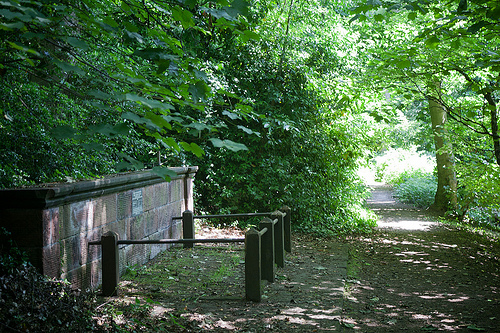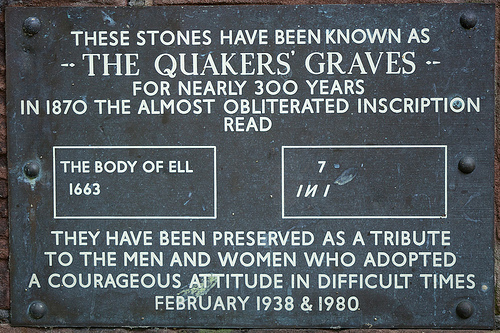Another recurring theme in my book On the Moor is entropy—both in its original thermodynamic sense (which I won’t go into here), and in the analogous sense of information loss: how, over time, everything we know will ultimately be forgotten.
I discuss this topic in the chapter I previously mentioned about our local prehistoric urnfield, citing Sir Thomas Browne‘s masterpiece on the fickle nature of memorials, Hydriotaphia, Urn Burial:
Herostratus lives that burnt the temple of Diana, he is almost lost that built it. Time hath spared the epitaph of Adrian’s horse, confounded that of himself… Who knows whether the best of men be known, or whether there be not more remarkable persons forgot, than any that stand remembered in the known account of time? The first man had been as unknown as the last, and Methuselah’s long life had been his only chronicle…. [T]he iniquity of oblivion blindly scattereth her poppy, and deals with the memory of men without distinction to merit of perpetuity.
In the fudge-box-pretty village of Burton on my native Wirral Peninsula, there’s a moving example of exactly the sort of thing Browne was writing about: two graves, their inscriptions now utterly lost, although tantalising second-hand information from them has temporarily escaped the entropy:

Monuments to religious intolerance, these Quakers‘ graves were dug in the woods a stone’s throw from Burton church. Dissenters’ mortal remains were deemed unsuitable for burial in consecrated ground. Some early Quakers were happy to be buried in modest anonymity, but these two graves evidently once bore inscriptions:

Whether ELL were initials, or the start of the deceased’s name (Ellen? Ellias?), we will probably never know. That information has been lost to the entropy. Tragic, but inevitable—as ELL’s contemporary Sir Thomas Browne must surely have appreciated.
Leave a Reply